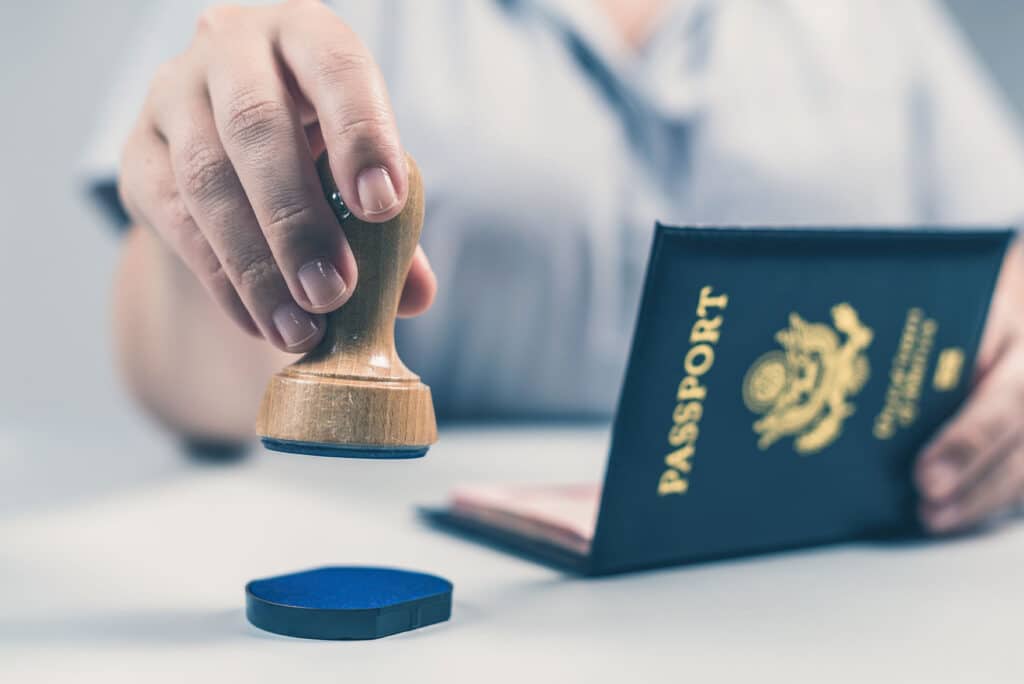
Understanding U.S. Visas: Types, Requirements, and Application Tips
Obtaining a U.S. visa is often the first step for international travelers looking to visit, study, work, or live in the United States. With numerous categories and specific eligibility criteria, the U.S. visa system can seem complex. However, understanding the main types of visas and how to apply can make the process much more manageable. Whether you are planning a short trip or a long-term stay, being informed about visa options is essential.

Non-Immigrant vs. Immigrant Visas
U.S. visas are broadly divided into two categories: non-immigrant and immigrant visas. Non-immigrant visas are for temporary stays, such as tourism, business, education, or temporary employment. Immigrant visas, on the other hand, are for individuals who plan to reside permanently in the United States.
Non-immigrant visas include types such as B-1/B-2 (tourism/business), F-1 (student), J-1 (exchange visitor), H-1B (skilled worker), and O-1 (individuals with extraordinary ability). Immigrant visas include family-sponsored visas, employment-based visas, and diversity visas, which are part of the Diversity Immigrant Visa Program, often referred to as the “Green Card lottery.”
Popular U.S. Visa Types
- B-1/B-2 Visa (Tourism and Business): This is one of the most common visas for people visiting the U.S. for tourism, family visits, business meetings, or short-term training. It does not allow employment or long-term study.
- F-1 Visa (Student Visa): International students attending U.S. schools, colleges, or universities usually apply for an F-1 visa. Applicants must show proof of admission and sufficient financial support.
- H-1B Visa (Skilled Worker Visa): This work visa is for professionals with specialized knowledge who have a job offer from a U.S. employer. There’s a limited number of H-1B visas issued annually, and competition can be high.
- J-1 Visa (Exchange Visitor): This visa covers a wide range of exchange programs, including scholars, interns, and au pairs. It’s often sponsored by educational or cultural institutions.
- K-1 Visa (Fiancé Visa): For individuals engaged to U.S. citizens, the K-1 visa allows them to enter the U.S. for marriage. The couple must marry within 90 days of arrival.
- Green Card (Permanent Resident Visa): Green Cards are issued to immigrants who are legally permitted to live and work permanently in the United States. Routes include family sponsorship, employment, and the Diversity Visa lottery.
How to Apply for a U.S. Visa
The visa application process typically involves the following steps:
- Determine the Right Visa Type: Make sure you understand which category best fits your purpose.
- Complete the DS-160 Form: This online form is required for most non-immigrant visas. For immigrant visas, use Form DS-260.
- Pay the Visa Fee: The fee depends on the type of visa you are applying for.
- Schedule an Interview: Most applicants between 14 and 79 years old must attend a visa interview at a U.S. embassy or consulate.
- Prepare for the Interview: Bring all required documents, including passport, DS-160 confirmation, appointment letter, financial records, and any supporting materials relevant to your visa type.
Tips for a Successful Application
- Be Honest: Always provide accurate and truthful information on your application and during the interview.
- Prepare Documentation: Ensure you have all necessary documents well-organized to avoid delays.
- Show Ties to Your Home Country: For non-immigrant visas, you must demonstrate that you intend to return home after your stay in the U.S.
- Practice for the Interview: Prepare answers to common questions about your purpose, plans, and financial support.
Challenges and Common Denials
Visa denials can happen for various reasons, including incomplete documentation, failure to show ties to the home country, or suspicion of intending to overstay. Understanding the eligibility requirements and preparing thoroughly can help avoid common mistakes.
Conclusion: A Gateway to Opportunity
A U.S. visa can open the door to many opportunities—whether for travel, study, career advancement, or family reunification. While the process may seem complex, taking the time to research your visa category, prepare your documents, and follow application instructions can greatly improve your chances of approval. If in doubt, consulting with a licensed immigration attorney or a recognized visa service can provide valuable guidance.







